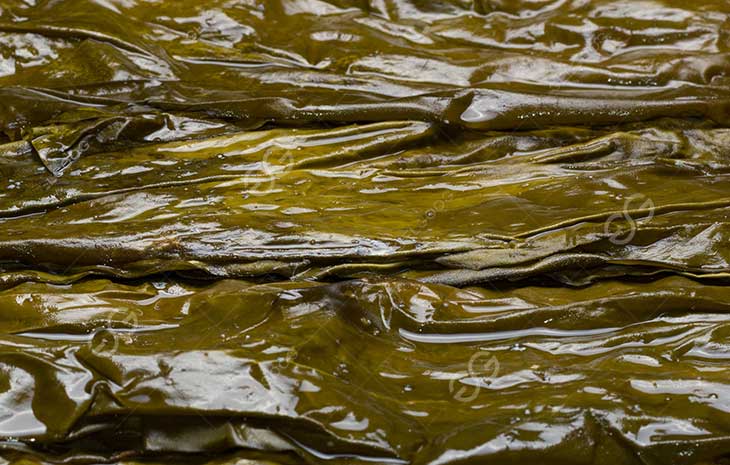Seaweed drying is a crucial step in seaweed processing. Drying not only effectively extends the shelf life of seaweed but also reduces transportation and storage costs. So, How long does it take to dry out seaweed? Understanding the drying time and temperature required is crucial for seaweed processing companies, as drying times vary significantly depending on the shape, thickness, and moisture content of seaweed.

Factors Affecting Seaweed Drying Time
Seaweed drying time is not fixed and is affected by several key factors:
- SeaweedForm:
Whole seaweed: Thick and high in moisture, it takes a relatively long time to dry.
Shredded or cut seaweed: Due to its large surface area and thin thickness, moisture evaporates more easily, resulting in faster drying.
- Drying Equipment Type: Using a hot air circulation dryer, a multi-layer mesh belt dryer, or a continuous drying machine varies in efficiency. Modern equipment maintains a constant temperature and humidity, resulting in more uniform drying and shorter drying times.
- Loading Thickness and Ventilation
If the loading layer is too thick or the ventilation is poor, it will lead to uneven drying and extend the overall drying time.
- Initial Moisture Content and Target Dryness
The moisture content of fresh seaweed is typically between 80% and 90%, while the moisture content of finished dried seaweed should be controlled below 15%. During the drying process, the moisture content decreases rapidly in the early stages and more slowly in the later stages.
Seaweed Drying Time:
Depending on the processing method, the approximate drying time for seaweed is as follows:
Whole seaweed: Drying at 60°C-70°C generally takes 6-10 hours. Thicker seaweed may require over 12 hours to reach the ideal dryness.
Shredded or cut seaweed: Because moisture evaporates more easily, drying is usually completed in about 3 to 6 hours.
Seaweed Drying Temperature Requirements:
Seaweed should not be dried at too high a temperature, as this can cause the color to darken, the texture to become tough, and even damage its nutritional content. The drying temperature should be kept between 50°C and 70°C. A temperature that is too low will result in excessive drying time, while a temperature that is too high will affect product quality.
Key points for drying quality:
Control uniform ventilation to avoid over-drying or under-drying of patches.
Drying in stages maintains a natural color and a supple texture.
Real-time moisture content monitoring allows for timely drying stops to prevent over-drying and brittleness.